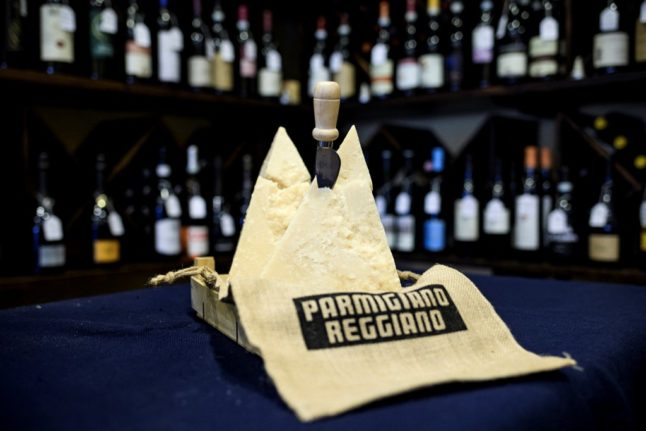Welcome to our regular look at everything you need to know about life in Italy for The Local’s readers from the US. This newsletter is published monthly and you can receive it directly to your inbox before we publish by going to newsletter preferences in ‘My Account’ or following the instructions in the newsletter box below.
One of the first things new Italian residents will want to sort out on arrival is their healthcare situation.
Italy’s free public healthcare has a reputation for being one of the best in the world – but in reality, users’ experiences can be mixed, with a 2015 report finding “profound regional differences” depending on where patients live.
Lengthy wait times are one of the main complaints with the current system; which is why a number of private clinics have sprung up in Italy in recent years.
But these paid services aren’t necessarily better than their public counterparts, and they can be very pricey. So which should you choose? We analysed the pros and cons of either option to help simplify your decision:
Public vs private: What are your healthcare options in Italy?

Bringing Italian cheeses and meats to the US
If you live in Italy, you’re bound to get plenty of requests from friends and family in the US asking if you could bring back a little Parmigiano Reggiano or salami the next time you make the journey home.
Or perhaps you visit Italy on holiday once or twice a year and want to pack an edible souvenir of your trip in your hand luggage.
Either way, it’s important to make sure you comply with US customs regulations to avoid getting into trouble, and these have become increasingly complex over the years.
Fortunately, so long as you declare everything to customs, the worst that can happen is that your item gets confiscated – but that’s still a situation you’ll want to avoid by familiarising yourself with the current rules.
What are the rules on bringing cheeses and meats to the US from Italy?

Sourcing US snacks in Italy
Speaking of gourmet foods, living in Italy may give you access to some of the best in the world; but sometimes all you really need is a taste of home.
From Milan to Rome to Naples to Palermo, most major Italian cities have at least one American foods store that stocks imported US candy, salty snacks and soft drinks, or global minimarket with items like pecans or cranberry sauce.
For those who don’t live near such a facility, many of them also operate online stores that allow you to order directly to your home: so you can get your Reeses cups or Betty Crocker cake mix wherever you are in the country.
Which stores across Italy sell American foods and drinks?

Tips for Americans moving to Italy
We’re gathering your tips about life in Italy as an US national, and we also want to hear your questions. Get in touch with either one HERE.
Italy’s widely available fresh produce is a key draw for many foreigners. Peter in Polignano a Mare, in the southern region of Puglia, recommends buying local not only to get the best of what the area has to offer, but also to forge connections within the community.
“Buy fruits and vegetables from open markets and small sellers if possible. And buy bread, biscotti and local cheeses fresh, often daily,” he suggests.
“You’ll get great food and make friends.”
Thanks for reading and please get in touch with us by email if you have any feedback on this newsletter.




 Please whitelist us to continue reading.
Please whitelist us to continue reading.
Member comments